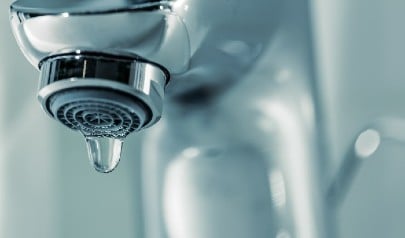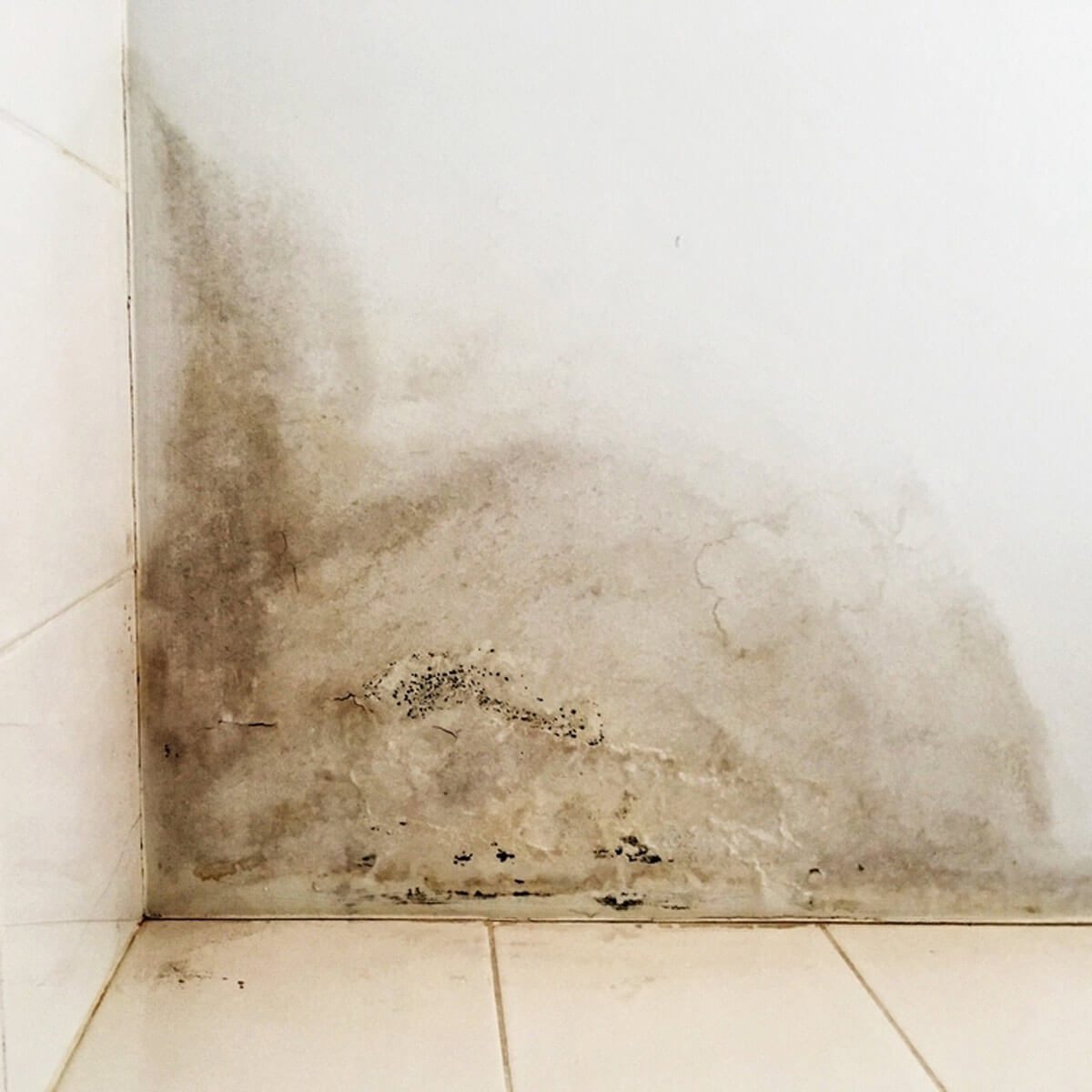Just How to Avoid Bathroom Water Damage
Just How to Avoid Bathroom Water Damage
Blog Article
How do you really feel with regards to How to Repair and Prevent Bathroom Water Damage?

The shower room is very at risk for moist buildup and also potential water damage because of the frequent use of water in it. This post uses straightforward examination techniques to help spotting water damage hazards.
The frequent use of water in the bathroom makes it exceptionally prone for damp build-up and potential water damages. By evaluating it consistently, you can minimize water associated damages.
The following set of evaluations is easy to perform as well as must be done when in every three months in order to maintain your washroom healthy as well as to stop possible water problems triggered by the bath tub, the shower, pipeline joints as well as plumbing, sinks, cupboards, as well as the bathroom
Do not overlook performing these inspections and be detailed while doing them. Keep in mind that these simple examinations can conserve you a lot of cash by supplying early signs for water damages
Bathtub and Shower
The shower and also bathtub need special focus and upkeep. Inspect the tiles and also change if broken. Make sure that there is no missing out on cement between the tiles. Examine and change split caulking at joints where the walls fulfill the flooring or the bathtub. Obstructed drains pipes as well as pipes troubles will prevent the bathtub from drying out as well as may suggest serious troubles below the bathtub. Talk to an expert immediately to stop structural damages. Focus on stainings or soft areas around the bath tub walls as they might suggest an internal leakage.
Plumbing
Signs for water damage are tough to discover since a lot of pipes are set up inside the wall surfaces.
Pay special attention to floor covering and wall surfaces moisture as well as stains as they might indicate an undetectable plumbing problem. Inspect moisture degrees in adjoining spaces as well.
Sinks as well as Cabinets
Sinks and also cupboards are revealed to wetness and also humidity everyday and are typically overlooked. Inspect on a regular basis under the sink and on the counter top over it. Fix any drip in the trap as it might recommend drainpipe problems. Take a look around the sink, slow-moving draining pipelines may suggest an obstructed drain. Replace sink seals if they are broken or loosened.
The Commode
The toilet is a susceptible water junction. Inspect the water lines as well as look for leakages around the toilet seat, in the hose, and under the water storage tank. If you detect any indications of wetness on the flooring around the commode, look for leaks in the toilet rim and storage tank seals.
Know that hanging bathroom bowl deodorants enhances the possibilities for blockages.
Water Damage Signs In The Bathroom To Avoid Cleanup
Musty smell
This is one of the easiest signs to catch because musty smells are so odorous. The damp, earthy, moldy smell should be a big red flag. The smell will develop when moisture gets trapped in surfaces, and begins to facilitate mold growth. Leaking pipes under cabinets, inside walls, and behind shower fixtures will cause moisture to stay trapped and not dry, which will lead to mold growth and spread. As soon as you notice any musty smells in your bathroom, have it checked for hidden water damage and cleanup signs.
Visible mold
If the smell isn’t there to give it away, sometimes you will actually see mold growth. Finding mold in your bathroom is a serious problem, because mold is very harmful to your health. By the time mold growth is visible, it also means that water damage has already occurred and been present for some time. The only way the mold problem can be resolved is to find the source of the moisture and get it stopped. To safely and adequately remove mold, you need to have professionals handle the remediation. Do not waste any time in getting mold problems addressed, fixed, and sanitized so that you can protect you and your family from the many respiratory symptoms caused by mold exposure.
Damaged floors
Bathroom floors should be able to withstand some exposure to water while still remaining in good condition. However, when excess exposure or water leaks occur, they will begin to damage even the most water-resistant flooring. If you notice any cracking, bubbling, staining, or warping on your bathroom floors, there is probably a water leak somewhere causing the distortion. If you notice areas of the floor have become softer, or even have a spongy feeling, there is probably damage to the subfloor. Subflooring is typically made up of plywood. When plywood is exposed to water or moisture, it will absorb it. Once it has become saturated, the weight of the excess water will cause the wood to swell and soften. Check the floors in your bathroom frequently to catch any of these sings before they lead to damaged subflooring.
Changes on walls
When water leaks behind walls, it will cause changes in the drywall. Peeling plaster, blistering paint, and soggy wallpaper are all good indicators that excess water is building up behind the wall. Water leaking behind drywall will cause it to swell and be soft to the tough. If you start to notice gaps along the trim of your walls, or where tile meets the wall, it could also be a strong indicator that there is a leak behind the wall. Any changes, distortion, or damage on the walls should be evaluated as soon as you notice it to prevent further water damage and cleanup.

We had been made aware of that article on Preventing Water Damage in the Bathroom from someone on our other web property. Remember to set aside a second to distribute this blog post if you appreciated it. I praise you for your time. Visit us again soon.
Book Today Report this page